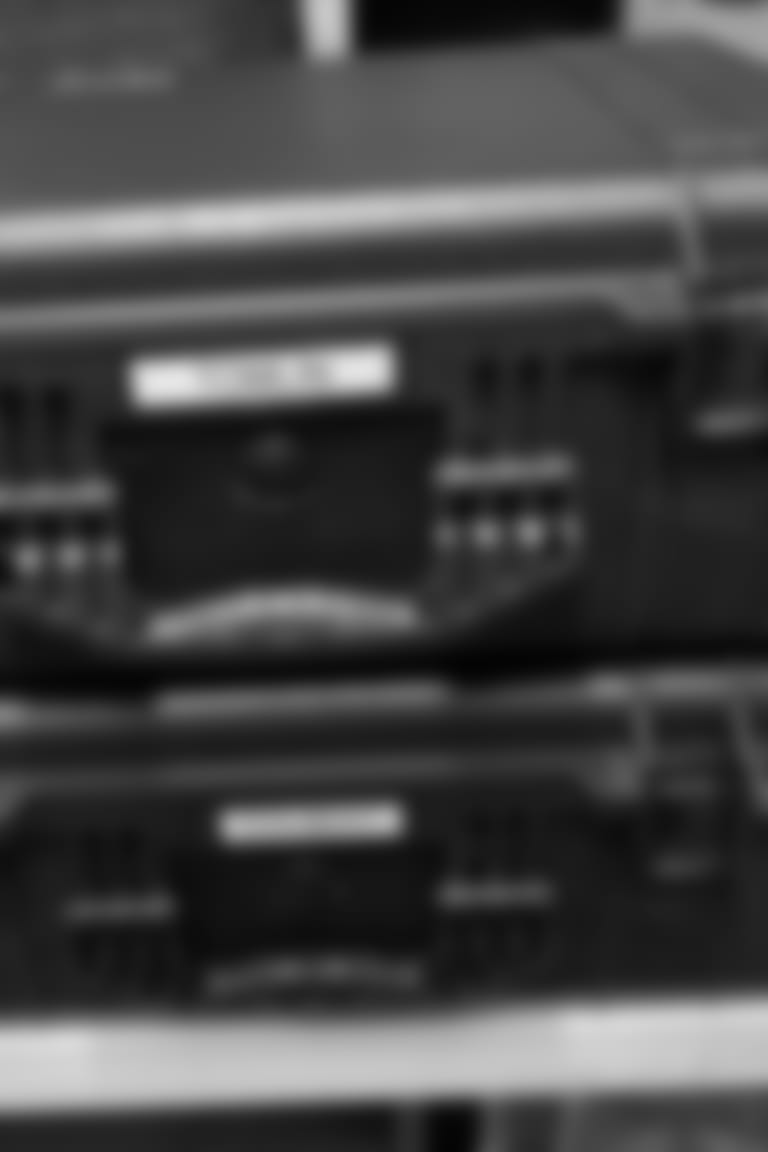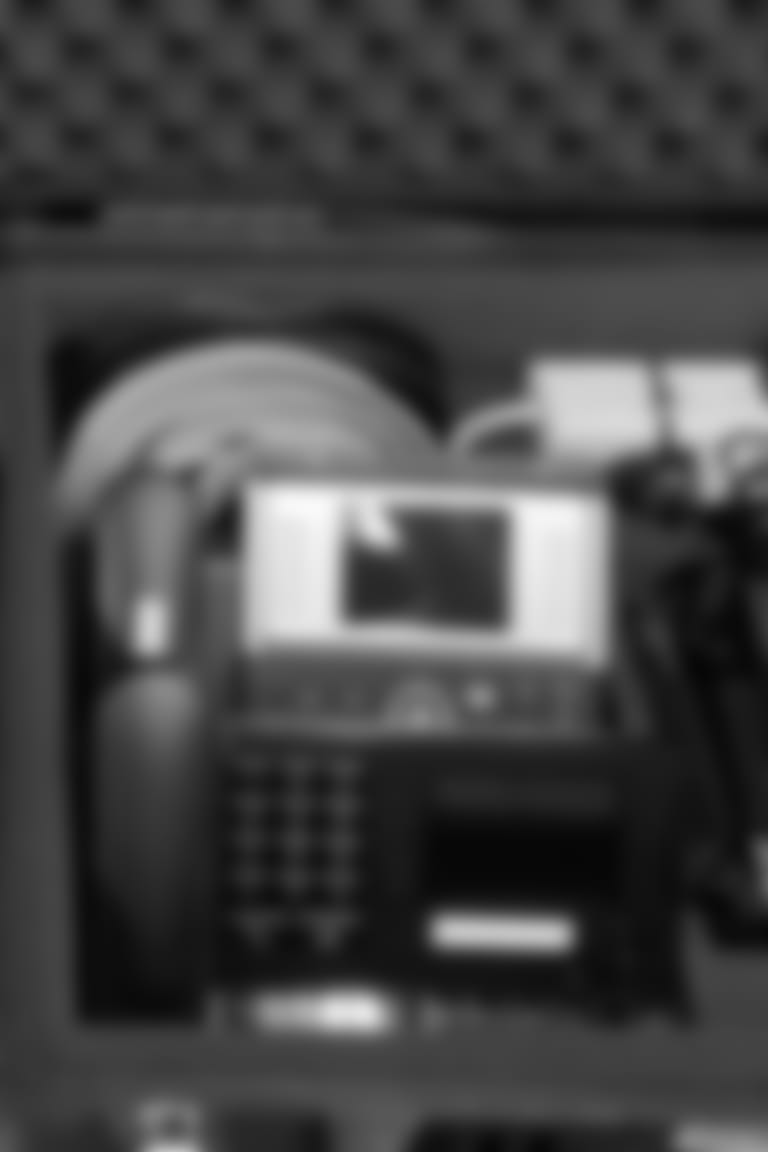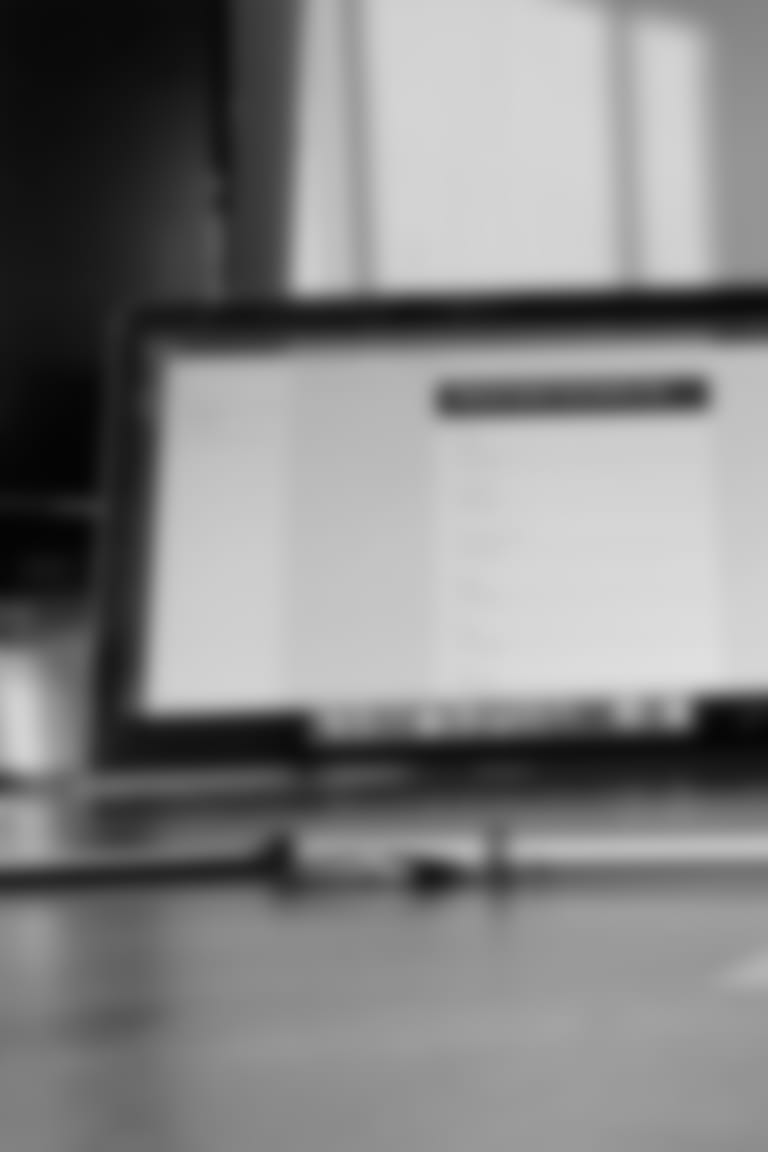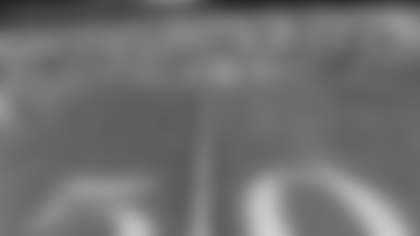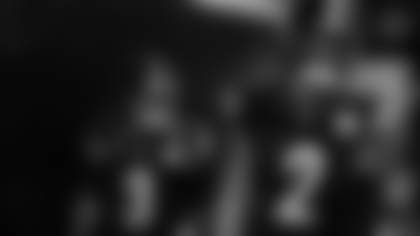From the time Dan Rooney assumed day-to-day control of the Pittsburgh Steelers and hired Chuck Noll in 1969, stability has been a hallmark of this franchise. Three head coaches in the 51 seasons from 1969-2019. A belief that the best way to build a championship contending team is through the draft. Physical over finesse. There are other guidelines, some that border on commandments, and they are based on the singleness of purpose that began with the relationship between Dan Rooney and Chuck Noll.
Since there are six Lombardi Trophies serving as proof of concept, this business model has survived the passage of time and the changes that came with it. Dan Rooney to Art Rooney II. Noll to Bill Cowher to Mike Tomlin. Bill Nunn, Art Rooney Jr., and Dick Haley to Tom Donahoe and Tom Modrak, to Kevin Colbert and Ron Hughes. The names changed as did some of the nuances of the process, but the basic recipe endured. And so when a global pandemic struck and forced the world to adapt, the Steelers had a firm foundation to rely upon as the NFL calendar moved into the heart of this year's pre-draft preparation.
"We were at Clemson's Pro Day on Thursday, March 12, and the night before was when everything started to fold," said General Manager Kevin Colbert. "The NBA was cancelling, the NHL, too, and you could just feel it coming. We went through the Pro Day at Clemson, and we flew back because Michigan cancelled its Pro Day before we got on the plane. We came back to Pittsburgh, and we were in the office when we made the Chris Wormley trade, and then we wrapped up some signings by Sunday (March 15).




